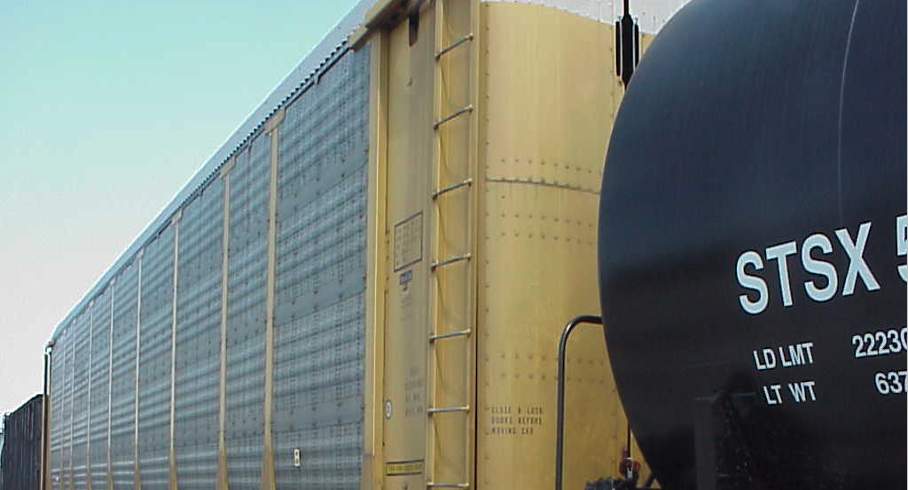
The Federal Employers’ Liability Act (FELA) was passed in the early 1900s to place the burden onto the railroad companies for the lives that were lost, or the injuries suffered by employees in the railroad industry. (See, generally CSX v. McBride, 131 S. Ct. 2630, 564 U.S. 685 (2011)). The law was intended to be in the workers’ best interest – to compensate injured railroad workers (or their loved ones) for injuries caused by the carrier’s negligence.
We have previously noted some significant amendments to the FELA to provide for the fairness originally desired by the drafters, such as when the law was amended to ensure that the beneficiaries of a deceased railroad worker could recover for both wrongful death and the pain and suffering that the worker endured prior to his or her wrongful death. Similarly, for a short time, courts determined that the wording of the original FELA meant that it only applied to certain railroad workers and only if the injury occurred while the specific employee – not the railroad as a whole – was moving freight over state lines (i.e., engaged in interstate commerce).
In 1915, the Supreme Court decided that a worker named Bruce Shanks was not covered by the FELA when he was installing an overhead countershaft in the machine shop. The reasoning was that the worker was not engaged in interstate commerce at the time of the injury, because he was working on a fixture in a machine shop. The Court’s decision included a test to determine the applicability of the FELA as being whether the injured worker – at the time of the injury – was “engaged in interstate transportation, or work so closely related to it as to be practically a part of it.” This test was dubbed the “moment of injury” or the “Shanks test”, and courts applied the test with disparate results.
Congress took up a series of amendments to the FELA in 1939, including an amendment aimed at “remov[ing] a great deal of difficulty in determining whether or not an injured railroad employee was engaged in interstate commerce so as to come within the provisions of the act.” Sen. Burke, Congressional Record, July 18, 1939, at 9407.
The 1939 Amendment greatly expanded the scope of the FELA to include “Any employee of a carrier, any part of whose duties as such employee shall be the furtherance of interstate or foreign commerce. . . “. This includes nearly all railroad crafts that were previously excluded such as shop workers, signal workers and clerks. Every worker at the railroad contributes to the furtherance of the railroad’s business – whether the work includes the physical transportation of goods or not – and this Amendment clarified the applicability of the FELA to non-transportation crafts.
There continues to be argument over the scope of the FELA, and the determination is fact-specific and best made with the assistance of experienced FELA counsel. Contact us today to discuss your situation and whether FELA applies.





